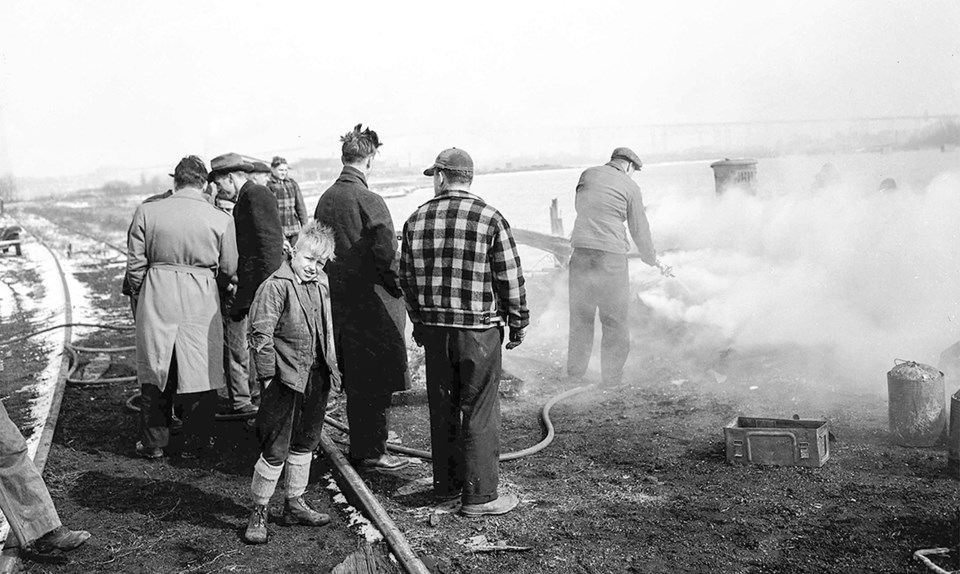 Phil Egan
Phil Egan
In the early 1950s, before I started school, I would watch out the window for the coal man.
If he delivered anywhere on my street it was fun, and if he came right to our house, it was extra great.
Kids from up and down the street would race to the truck to see the coal man make his delivery. The truck would be positioned beside whichever basement window opened into the coal bin, which was a little room in the basement where the fossil fuel was stored.
Then he’d swing the coal chute from the truck into the open window and pour the clattering coal down the chute into the bin. It was entertaining.
The coal bin was close to the furnace. Dad had to shovel the coal into the furnace to keep the house warm in winter. Lighting the coal at the beginning of winter, stoking the furnace and banking the coal was something of an art.
Heat rises, and big vents cut in living room and dining room floors distributed the warmth throughout the house. If you didn’t own a coal furnace, you were forced to rely on a fireplace, kerosene heaters, or wood-burning stoves. None matched the heat burning coal provided.
But it was dirty business. Thick black chimney smoke rose from every house, tainting the snow with grime. If your mother hung clothes to dry in the basement, as mine did in winter, you avoided that job on days the coal man came, when dusty soot hung in the air.
Back in 1947, when I was born, six companies made residential deliveries in Sarnia and in Point Edward, where my family lived at the time. They included John Garroch, Century Coal, Empire, Hanna and Clark Coal Companies, and Dalton Fuels.
In winter, the coal truck arrived at our home every week. Prior to the Second World War, you could buy a ton of coal for $11 to $12 a ton. Shortly after the war ended, the price rose to about $23 a ton.
Dalton Fuels bought out most of its competitors and ultimately survived on fuel oil deliveries when coal heat was replaced by electricity and natural gas.
For those of us who grew up in an age of coal bins and coal chutes it’s interesting to co-exist with a generation that has never seen a single lump of coal.
Phil Egan is editor-in-chief of the Sarnia Historical Society. Got an interesting tale? Contact him at [email protected]
